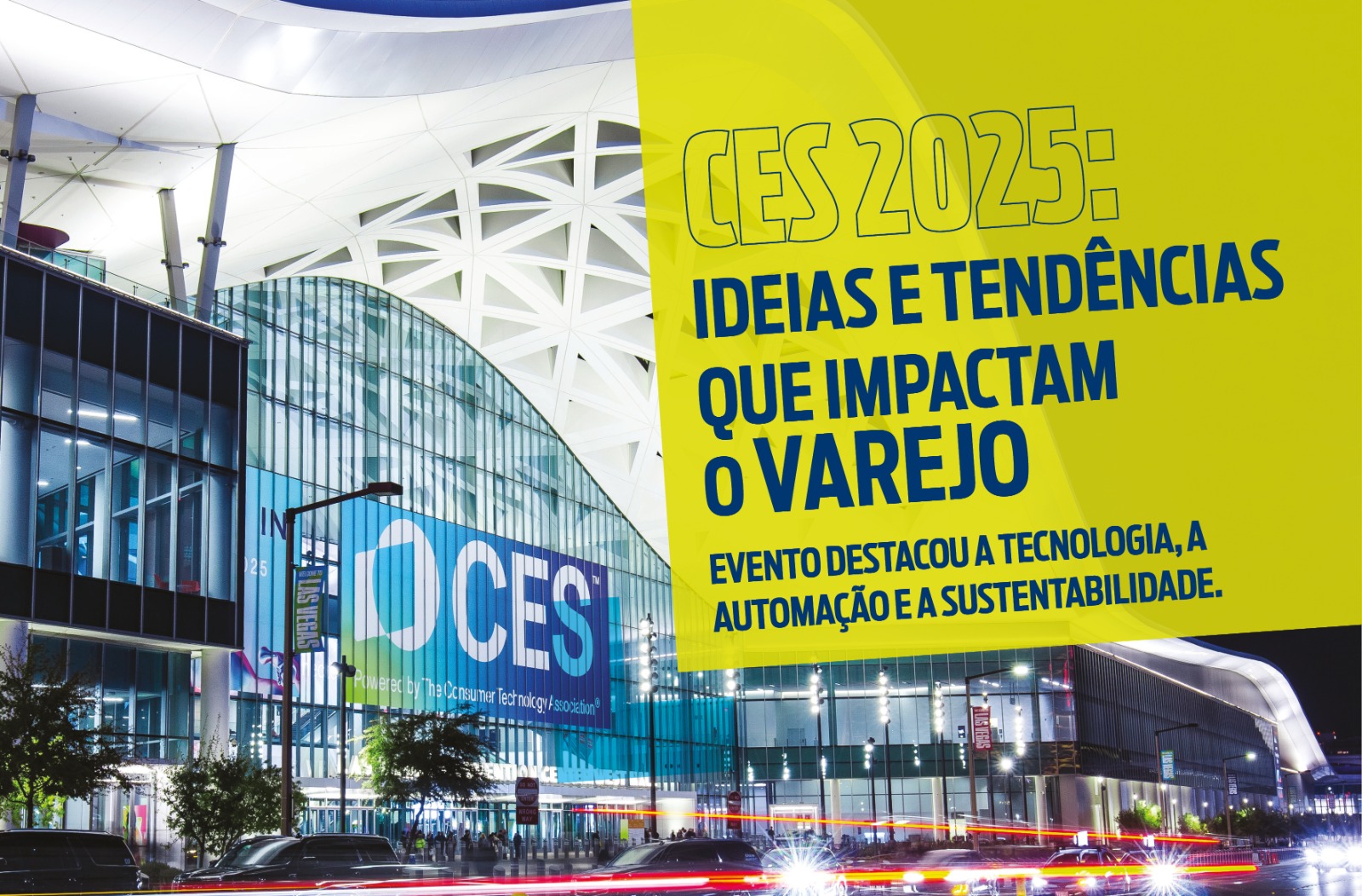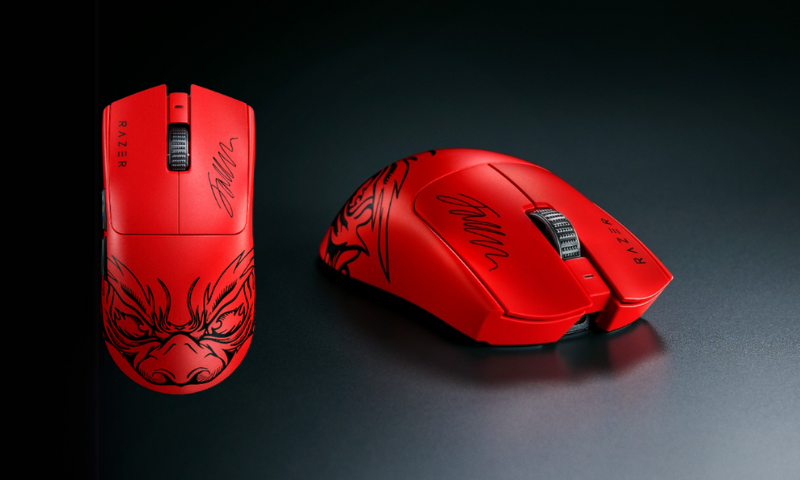
Mobile is the main method for e-commerce purchases
Digital acceleration boosted e-commerce exponentially during the pandemic, and today most online shopping is done via mobile. Hence the need for websites and apps to be built with the language for mobile
The categories of electronics, home appliances, telephony and IT account for more than half of e-commerce sales in Brazil. Data from the Brazilian Association of Electronic Commerce (ABComm) reveal that the revenues of these categories in e-commerce in 2021, the second year of the pandemic, reached 53.85% of the R$ 250.8 billion recorded in the country in the period with all online businesses.
The household appliances segment is the leader of all categories, with results of 17.56%, followed by sales tied to telephony, which account for 14.30%. Electronics and IT are in the sequence with 11.65% and 10.34%, respectively.
Maurício Salvador, president of ABComm, is optimistic about the heating of e-commerce business in Brazil. “In the medium term, the entity projects a 16% growth in the number of online shoppers, going from the current 84 million to 97 million in 2026. When we analyze the projections of orders, we give a jump of 24% in four years, that is, from 369 million to 456 million. Without a doubt, the marketplace accounts for a significant part of these transactions,” says the executive.

Two important changes in shopper behavior are highlighted by specialists: the massive and growing use of the mobile phone instead of the desktop and notebook, and the direct search for marketplaces instead of searching on sites such as Google, Zoom or Buscapé.
Regarding devices, data from ABComm show that 55% of business done in 2021 were via mobile phone and 45% via desktop or notebook. In 2020, at the beginning of the pandemic, mobile participation was 42.8% in Brazilian e-commerce. With lockdown and home office, there was an increase of 28.5% in the use of mobile phones for shopping, a growing trend for the coming years. WhatsApp sales have also changed the e-commerce business paradigm.

“When we analyze the projections of orders, we give a jump of 24% in four years, that is, from 369 million to 456 million. Without a doubt, the marketplace accounts for a significant part of these transactions.”
The path of no return
Recent analyses of the Getulio Vargas Foundation’s Annual IT Usage Survey prove that, in Brazil, the rapid digital transformation of companies and society is a path with no turning back. The results indicate an anticipation of the digital transformation process and the use of IT in companies within one to four years. And all this feeds back into e-commerce. IT expenses and investments are growing and already amount to 8.7% of companies’ revenues. The annual cost of IT per user in 2021 was R$ 50 thousand.
Fernando S. Meirelles, professor at FGV EAESP, founder of FGVcia – Center for Applied Information Technology of the Getulio Vargas Foundation – and research coordinator, says that Brazil has 447 million digital devices (computer, notebook, tablet and smartphone) in corporate and domestic use. The study reveals that, last June, there was more than one smartphone per inhabitant, that is, 242 million smart phones, and the trend this year is that there is a 10% growth in the use and sale of these devices. At the beginning of 2023, Brazil will have an average of one computer per inhabitant, surpassing the current 216 million devices in use.”
“If we had more raw material, perhaps sales could have reached 14.5 million computers. Sales, in 2021, had an astonishing 27% growth, totaling 14 million units. To work, study in a hybrid or blended way, the use and sale of digital devices will continue to increase,” says Fernando.
In addition to the device change, experts warn about the marketplace market that has dominated internet shopping for two years. In the opinion of Rodrigo Maruxo, consultant and professor of innovation and e-commerce, retailers need to understand that it is essential to have an omnichannel synergy between physical and online channels. “One cannot fight with the other. The management of the channels must be equanimous, without loss of commissions. Thus, the customer gains the best experience, and the shopkeeper invoices one more sale. The same happens in the physical shop, which must work in harmony with your website. It is a natural evolution between the channels.”

“Last June, there was more than one smartphone per inhabitant, that is, 242 million smart phones, and the trend, this year, is that there will be a 10% growth in the use and sale of these devices.”
Product description x e-commerce
The opinion of experts is unanimous: the correct description of the product is paramount for e-commerce, whether through the industry’s own website, marketplace or retailer-seller. If the manufacturer gives up detailing the good, fails to add value to your brand. A description rich in details will have an effect at the end of the month. Another important point is highlighted by the consultant: “when discussing the online operation, the businessman needs to conduct the process with his feet on the ground to make the account close.
And what is more worthwhile, having your own e-commerce site, an app or joining a marketplace? Sometimes the costs end up being very similar, depending on the market in which you operate, how the operation is structured and which portals you want to work with. In a practical way, Rodrigo clarifies the pros and cons of working with virtual shopping

Main costs of selling on marketplace
- % commission per sale
- Integration technology (integrator hub)
- Warehousing (if you choose to contract a full marketplace model)
- Logistics inputs (packaging)
- Logistics manpower
- Reverse logistics (exchange or return)
- Ads (occasional advertising to appear more prominently in the marketplace)
Main costs of sale on own site
- % paid to the platform (website) and management system (ERP)
- Cost of advertising to attract traffic to the site (Ads)
- Cost of performance/advertising agency
- Cost of other suppliers that improve the sales experience in the virtual shop
- Payment costs (payment methods, antifraud and gateway)
- Warehousing
- Logistics inputs (packaging)
- Channel labor as a whole
- Reverse logistics (exchange or return)

E-commerce sales in the five regions
The Webshoppers 45 study, by NielsenIQ Ebit in partnership with Bexs Pay, shows that the North Region is the one that presents the highest growth in e-commerce sales. It is worth highlighting that sales of the telephone category contributed with 25% of the gains in the states of Acre, Amapá, Amazonas, Pará, Rondônia, Roraima and Tocantins. This was followed by IT products, with 24%, and in third position were household appliances, with 15% of revenues. That is, 64% of sales in 2021, in these sectors.
The growth of e-commerce in Brazil was quite balanced last year. The five regions of the country grew by over 20%:


“It is essential to have an omnichannel synergy between the physical and online channels. One cannot fight with the other. Thus, the customer gets the best experience, and the shopkeeper invoices one more sale.”
In practice, the Southeast is the most important region in Brazil for GMV (a metric that applies to online retail), with 63% of businesses and a positive variation of 21% over 2020. This measure helps companies identify how much revenue was generated by their digital channels in a specific period, as it indicates the performance of sales in a given digital channel, whether website, e-commerce, marketplace and even on social networks, with the lives that became popular in the pandemic.
This year, both new shoppers and recurring customers spent more than in 2020. The average ticket of new shoppers recorded a growth of 9%, above the total of consumers. Most order closings occur during the week, between Monday and Thursday
“The Southeast is the most important region in Brazil for GMV (metric that applies to online retail), with 63% of the business and a positive variation of 21% over 2020.”
Actions to sell more
Those who offered free shipping saw an increase in the number of orders of 10 percentage points. With this, they totaled 47% of orders in total e-commerce in 2021. This is a differential and a driver at the time of purchase decision, proven by figures that show that almost half of e-commerce orders last year were delivered free of charge.
Claudio Dias, CEO of Pagolivre, a specialist in IT, payment methods and recurrence, says that having payment methods integrated into the strategy makes the customer’s life easier and contributes to loyalty. “The lower the barriers for the customer, attracted by the campaigns, to make the payment, the greater the chances of increasing the volume of transactions. The lack of technology should not be an impediment and can put down all the efforts of marketing actions.”
Service in pre- and post-sales is critical to industry and retail, says Bruno Toneto, business leader at Zenvia, a customer experience platform. “Offering multichannel is to be available in the various communication channels, such as WhatsApp, Facebook Messenger, SMS and Instagram. And if there’s a platform to secure that communication in an integrated way, even better.”

People want to be served quickly and feel that they are important to the brand, Bruno explains. “Automated service, with chatbot on WhatsApp, for example, can make the first contact easier and quicker. But if combined with directing to an attendant who already knows the person’s data and the reasons for the contact, they become more efficient and personalized. It is omnichannel employed in a strategic way.

“Relying on payment methods integrated into the strategy makes the customer’s life easier and contributes to loyalty. The lower the barriers, the greater the chances of increasing transaction volume.”

5G and e-commerce
The arrival of 5G technology represents an ease in the distribution of content, including with greater interactivity between retail and consumer. “If you can put the video to talk online with the customer, the transaction generates proximity, and the closing volume will certainly be higher,” says Rodrigo.
The increase in sales is expected. By delivering internet that is 12 times faster than traditional 4G, 5G technology offers high speeds, reaching 10 gigabits per second. In addition to this component, which will speed up transactions, purchases tend to increase because, with the super speed, the consumer will find it easier to visualize products and finalize the purchase process.

The implementation of 5G generates more stability in the connections and benefits in real time. With the installation and operation of 5G antennas by operators, a natural growth in demand for top-of-the-range mobile devices equipped with this broadband is expected.
“Automated attendance facilitates the first contact. If combined with directing to an attendant who already knows the person’s data and the reasons the contact, the service becomes more efficient and personalized.”
Source: Eletrolar News Ed. #149
www.eletrolar.com





